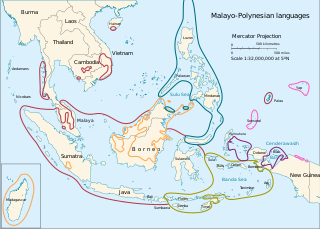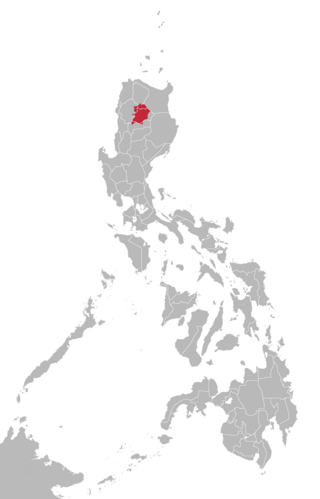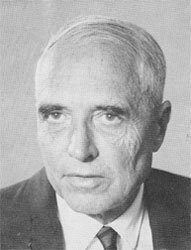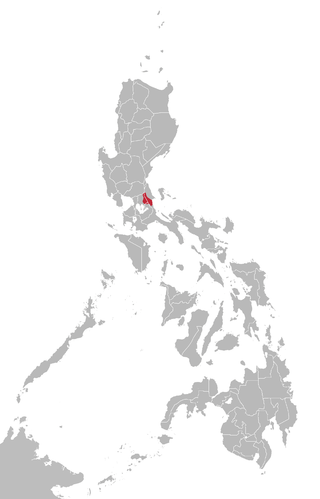Related Research Articles
Computational linguistics is an interdisciplinary field concerned with the computational modelling of natural language,as well as the study of appropriate computational approaches to linguistic questions. In general,computational linguistics draws upon linguistics,computer science,artificial intelligence,mathematics,logic,philosophy,cognitive science,cognitive psychology,psycholinguistics,anthropology and neuroscience,among others.

Michael Alexander Kirkwood Halliday was a British linguist who developed the internationally influential systemic functional linguistics (SFL) model of language. His grammatical descriptions go by the name of systemic functional grammar. Halliday described language as a semiotic system,"not in the sense of a system of signs,but a systemic resource for meaning". For Halliday,language was a "meaning potential";by extension,he defined linguistics as the study of "how people exchange meanings by 'languaging'". Halliday described himself as a generalist,meaning that he tried "to look at language from every possible vantage point",and has described his work as "wander[ing] the highways and byways of language". But he said that "to the extent that I favoured any one angle,it was the social:language as the creature and creator of human society".

Natural language processing (NLP) is an interdisciplinary subfield of linguistics,computer science,and artificial intelligence concerned with the interactions between computers and human language,in particular how to program computers to process and analyze large amounts of natural language data. The goal is a computer capable of "understanding" the contents of documents,including the contextual nuances of the language within them. The technology can then accurately extract information and insights contained in the documents as well as categorize and organize the documents themselves.

The Malayo-Polynesian languages are a subgroup of the Austronesian languages,with approximately 385.5 million speakers. The Malayo-Polynesian languages are spoken by the Austronesian peoples outside of Taiwan,in the island nations of Southeast Asia and the Pacific Ocean,with a smaller number in continental Asia in the areas near the Malay Peninsula. Cambodia,Vietnam and the Chinese island Hainan serve as the northwest geographic outlier. Malagasy,spoken in the island of Madagascar off the eastern coast of Africa in the Indian Ocean,is the furthest western outlier.

Generative grammar,or generativism,is a linguistic theory that regards linguistics as the study of a hypothesised innate grammatical structure. It is a biological or biologistic modification of earlier structuralist theories of linguistics,deriving ultimately from glossematics. Generative grammar considers grammar as a system of rules that generates exactly those combinations of words that form grammatical sentences in a given language. It is a system of explicit rules that may apply repeatedly to generate an indefinite number of sentences which can be as long as one wants them to be. The difference from structural and functional models is that the object is base-generated within the verb phrase in generative grammar. This purportedly cognitive structure is thought of as being a part of a universal grammar,a syntactic structure which is caused by a genetic mutation in humans.

Discourse analysis (DA),or discourse studies,is an approach to the analysis of written,vocal,or sign language use,or any significant semiotic event.

The Ivatan language,also known as Chirin nu Ivatan,is a Philippine language of Austronesian origins spoken in the Batanes Islands of the Philippines.

The Philippine languages or Philippinic are a proposed group by R. David Paul Zorc (1986) and Robert Blust that include all the languages of the Philippines and northern Sulawesi,Indonesia—except Sama–Bajaw and a few languages of Palawan—and form a subfamily of Austronesian languages. Although the Philippines is near the center of Austronesian expansion from Formosa,there is little linguistic diversity among the approximately 150 Philippine languages,suggesting that earlier diversity has been erased by the spread of the ancestor of the modern Philippine languages.
Robert Malcolm Ward "Bob" Dixon is a Professor of Linguistics in the College of Arts,Society,and Education and The Cairns Institute,James Cook University,Queensland. He is also Deputy Director of The Language and Culture Research Centre at JCU. Doctor of Letters,he was awarded an Honorary Doctor of Letters Honoris Causa by JCU in 2018. Fellow of British Academy;Fellow of the Australian Academy of the Humanities,and Honorary member of the Linguistic Society of America,he is one of three living linguists to be specifically mentioned in The Concise Oxford Dictionary of Linguistics by Peter Matthews (2014).
Thomas Givon is a linguist and writer. He is one of the founders of "West Coast Functionalism",today classified as a usage-based model of language,and of the linguistics department at the University of Oregon. Givón advocates an evolutionary approach to language and communication.

Kalinga is a dialect continuum of Kalinga Province in the Philippines,spoken by the Kalinga people,alongside Ilocano. The Banao Itneg variety is not one of the neighboring Itneg languages.

Bontoc (Bontok) is the native language of the indigenous Bontoc people of the Mountain Province,in the northern part of the Philippines.
The Iraya language is a language spoken by Mangyans on the island of Mindoro in the Philippines. Zorc (1974) places the Iraya language within the North Mangyan group of Malayo-Polynesian languages,though Lobel (2013) notes that it shows "considerable differences" to Tadyawan and Alangan,the other languages in this group. There are 6,000 to 8,000 Iraya speakers,and that number is growing. The language status of Iraya is developing,meaning that this language is being put to use in a strong and healthy manner by its speakers,and it also has its own writing system.
Andrew Kenneth Pawley,FRSNZ,FAHA,is Emeritus Professor at the School of Culture,History &Language of the College of Asia &the Pacific at the Australian National University.
Donkey sentences are sentences that contain a pronoun with clear meaning but whose syntactical role in the sentence poses challenges to grammarians. Such sentences defy straightforward attempts to generate their formal language equivalents. The difficulty is with understanding how English speakers parse such sentences.

Samuel Hoyt Elbert was an American linguist who made major contributions to Hawaiian and Polynesian lexicography and ethnography. Born on a farm in Des Moines,Iowa,to Hugh and Ethelind Elbert,Sam grew up riding horses,one of his favorite pastimes well into retirement. After graduating from Grinnell College with an A.B. in 1928,he earned a certificate in French at the University of Toulouse and traveled in Europe before returning to New York City,where he waited tables,clerked for a newspaper,reviewed books,and studied journalism at Columbia University. Wanderlust took him to French Polynesia,first to Tahiti and then to the Marquesas,where he quickly became proficient in Marquesan. In 1936,he went to work for the United States Geological Survey in Hawaiʻi. There he met researchers on Pacific languages and cultures at the Bishop Museum,chief among them Mary Kawena Pukui,from whom he learned Hawaiian and with whom he worked closely over a span of forty years. When war broke out in the Pacific,the U.S. Navy employed him as an intelligence officer studying the languages of strategically important islands. He was posted to Samoa in 1943,then to Micronesia,where he collected and published wordlists for several island languages.

Remontado,also known in literature as Sinauna,Kabalat,Remontado Dumagat,and more commonly by the autonym Hatang Kayi,is a Malayo-Polynesian language spoken in Tanay,Rizal,General Nakar,Quezon,Rodriguez,Rizal and Antipolo,in the Philippines. It is one of the Philippine Negrito languages. It is a moribund language.

Robert E. Longacre was an American linguist and missionary who worked on the Triqui language and a text-based theory and method of discourse analysis. He is well known for his seminal studies of discourse structure,but he also made significant contributions in other linguistic areas,especially the historical linguistics of Mixtec,Trique,and other related languages. His PhD was at the University of Pennsylvania under Zellig Harris and Henry Hoenigswald. His 1955 dissertation on Proto-Mixtecan was the first extensive linguistic reconstruction in Mesoamerican languages. This was one of several SIL studies which helped to establish the Oto-Manguean language family as being comparable in time depth to Proto-Indo-European. His research on Trique was the first documented case of a language with five distinct levels of tone.
Georgia M. Green is an American linguist and academic. She is an emeritus professor at the University of Illinois at Urbana-Champaign. Her research has focused on pragmatics,speaker intention,word order and meaning. She has been an advisory editor for several linguistics journals or publishers and she serves on the usage committee for the American Heritage Dictionary.
Central Bontok is a language of the Bontoc group from the Philippines. The 2007 census claimed there were 19,600 speakers.
References
- 1 2 3 4 "Lawrence Reid". Guampedia. 2019-10-15. Retrieved 2020-05-02.
- 1 2 "Background". Lawrence A. Reid's Homepage. Retrieved 2020-05-02.